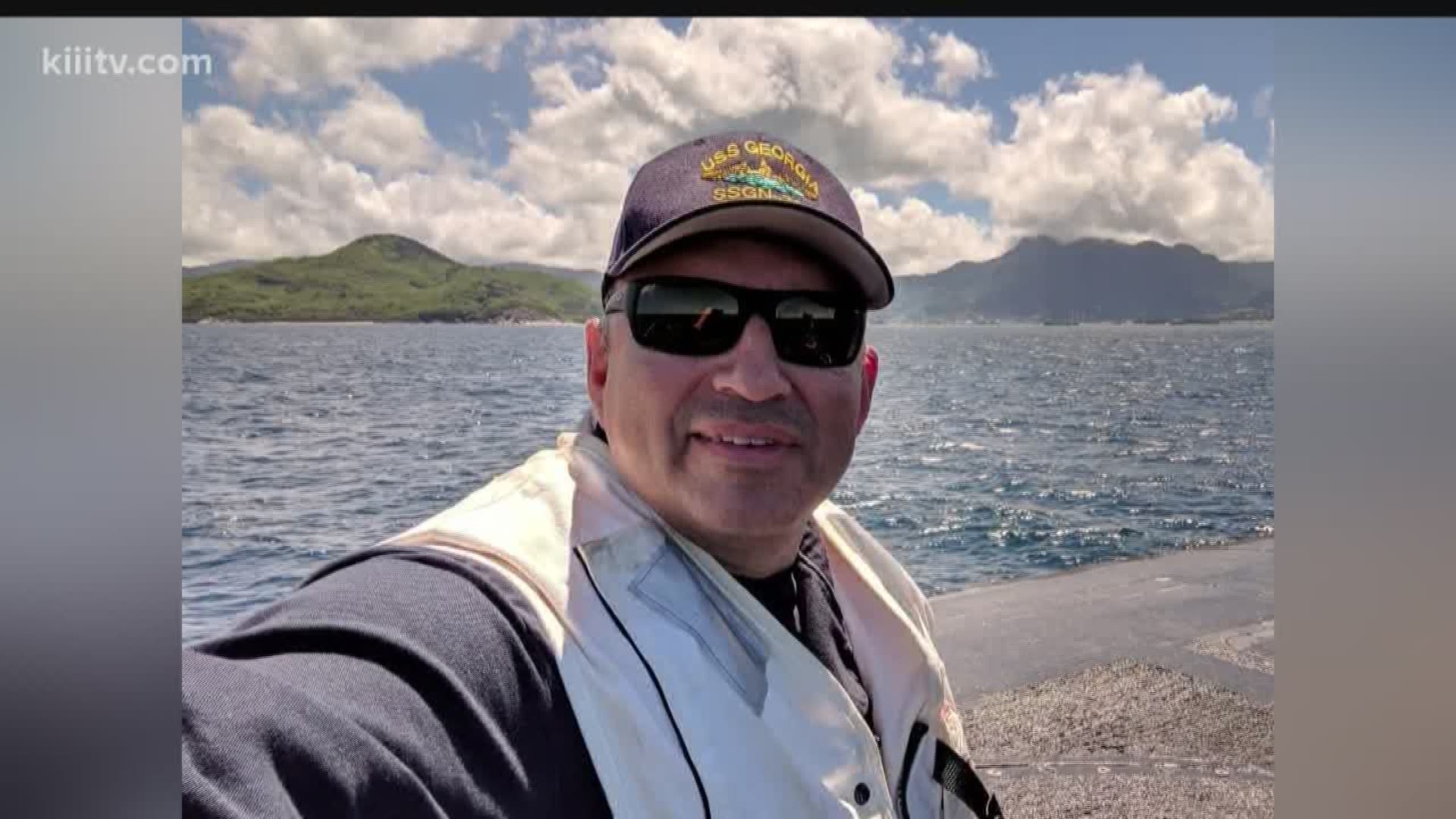

Years later, as Spanish influence declined, the name was shortened to simply Vancouver Island. At this time, they decided to name the large island on which Nootka was now proven to be located as Quadra and Vancouver Island. The Spanish commander, Juan Francisco Bodega y Quadra, was very cordial and he and Vancouver exchanged the maps they had made, but no agreement was reached they decided to await further instructions. Here he was to receive any British buildings and lands returned by the Spanish from claims by Francisco de Eliza for the Spanish crown. For three weeks they cooperatively explored the Georgia Strait and the Discovery Islands area before sailing separately towards Nootka Sound.Īfter the 1792 summer surveying season ended in November, Vancouver went to Nootka on contemporary Vancouver Island, then the region’s most important harbour. Vancouver was “mortified” (his word) to learn they already had a crude chart of the Strait of Georgia based on the 1791 exploratory voyage of José María Narváez the year before, under command of Francisco de Eliza. Here he unexpectedly met a Spanish expedition led by Dionisio Alcalá Galiano and Cayetano Valdés y Flores who had been dispatched by Juan Francisco de la Bodega y Quadra. Then, on his 35th birthday in June 1792, he returned to Point Grey, the present-day location of the University of British Columbia. Vancouver surveyed Howe Sound and Jervis Inlet over the next nine days. Vancouver was the second European to enter Burrard Inlet, naming it after his friend Sir Harry Burrard. Vancouver entered the Strait of Juan de Fuca, between what was to become Vancouver Island and Washington State in April 1792. In April 1792 he encountered American Captain Robert Gray off the coast of Oregon just prior to Gray’s sailing up the Columbia River. Proceeding to North America, Vancouver followed the coasts of present-day Oregon and Washington northward. Most of this work was performed in small craft propelled by both sail and oar as maneuvering larger sail-powered vessels in uncharted coastal waters was generally impractical and dangerous. His orders included a survey of every inlet and outlet on the west coast of the mainland, all the way north to Alaska. When the first Nootka Convention ended the crisis in 1790, Vancouver was given command of HMS Discovery to take possession of Nootka Sound and to survey the coasts.ĭeparting England with two ships in April 1791, Vancouver commanded an expedition charged with exploring the Pacific region. Spain and Britain came close to war over ownership of the Nootka Sound on contemporary Vancouver Island, and rights to colonize and settle the Pacific Northwest coast. However, the 1789 Nootka Crisis intervened. In the late 1780s the Spanish empire commissioned an expedition to the Pacific Northwest under the command of Juan Francisco de la Bodega y Quadra. Upon his return to Britain in 1779, Vancouver was commissioned as a lieutenant and posted aboard the sloop Martin surveying coastlines. He was present for the first European sighting and exploration of the Hawaiian Islands. He accompanied Cook on his third voyage (1776–1778), aboard Resolution’s sister ship, HMS Discovery. He served as a midshipman aboard HMS Resolution on James Cook’s second voyage (1772–1775) searching for Terra Australis. George Vancouver entered the Royal Navy at 13 as a “young gentleman” In 1771. He also explored the Hawaiian Islands and the southwest coast of Australia.


C aptain George Vancouver (1757 –1798) was an English officer of the British Royal Navy, best known for his 1791-95 explorations and charting the coastlines of contemporary Alaska, British Columbia, Washington and Oregon.


 0 kommentar(er)
0 kommentar(er)
